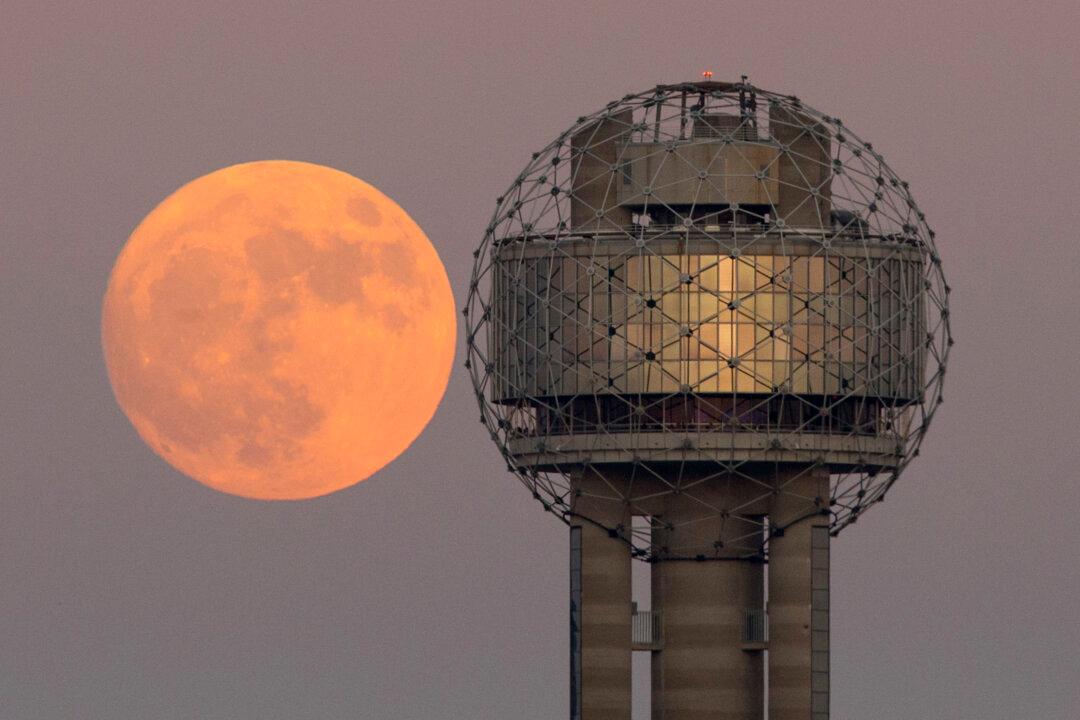The first supermoon of the year 2020 is right around the corner and will be visible in North and South America during the daylight hours of Monday, March 9.
The March supermoon—also called the “Full Worm Moon”—will be the first out of three supermoons to appear in 2020, and will reach peak fullness Monday at 1:48 p.m. EDT, but will appear full from Sunday, March 8, right through to the evening of Tuesday, March 10.





